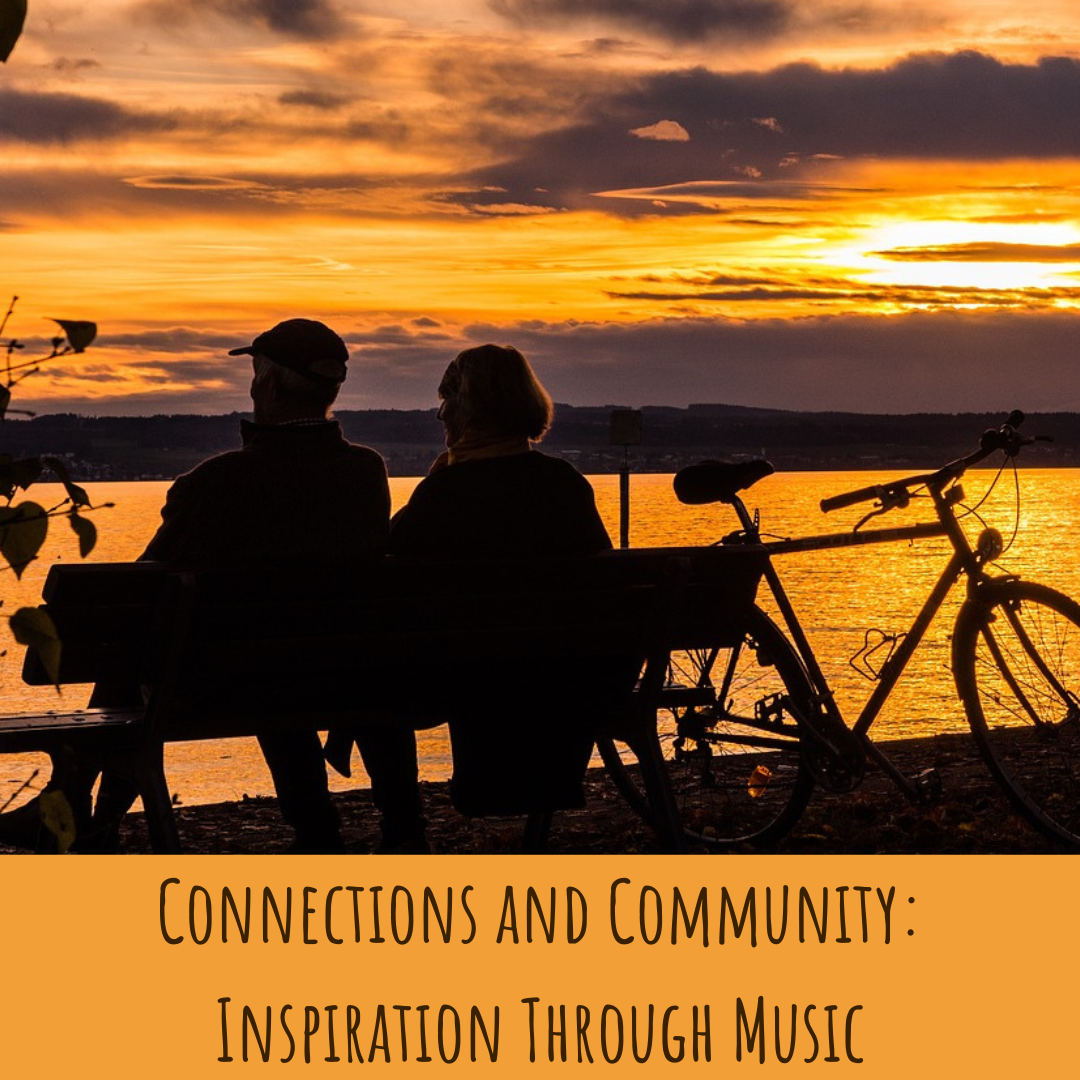Photographer of the Month: Ashli Akins
Ashli Akins is a Canadian photojournalist, writer, communications consultant, and the Director/Founder of Mosqoy, a Canadian-Peruvian organization that promotes social justice and cultural rights in the Peruvian Andes and beyond. I met her a few years ago at a bike shop near my college and we connected over canoe instructing, travel stories, and a desire to live in ways that impact the world for the better. Since then we’ve both been narrowly missing each other on adventures and experiences, and that makes it extra awesome to get to catch up with her for this interview. Without further ado, it is my pleasure and privilege to direct your gaze towards the words and images of a woman who constantly reminds me that we can do amazing things in this world: Ashli Akins.
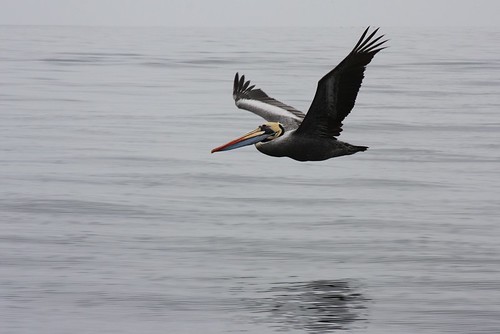
Huacachina, Peru
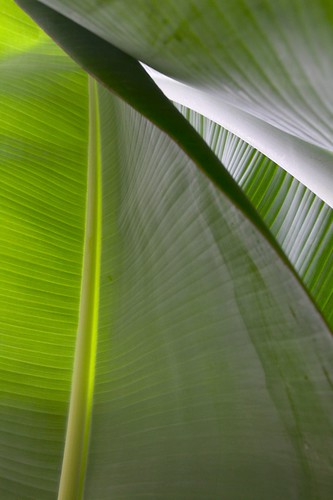
Foliage - Lake Atitlan, Guatemala
How did you get interested in photography?
I went to the Langley Fine Arts School from grades 1-12, which is an incredible public school in Fort Langley, BC, focusing on fine arts as an equal parallel to more conventional academic subjects. In Grade 10, I signed up for the photography elective and was immediately hooked. I bought my first SLR camera (Canon AE1) from a Vancouver Flea Market for $75 (which was all of my savings as a 15-year-old). My photography teacher, Donna Usher, became a life-long mentor, teaching me not only the inner-workings of the darkroom, medium-format and pinhole cameras, and other techniques, but also how to see life through the eye of a photographer. She taught me to just keep shooting, with passion and creativity.
How long have you been a photographer?
My first photography field trip was in Grade 8, when I was 13 years old, with a point-and-shoot camera. However, my first SLR and “real” learning came when I was 15 years old (about 12 years ago).

Foliage - Lake Atitlan, Guatemala
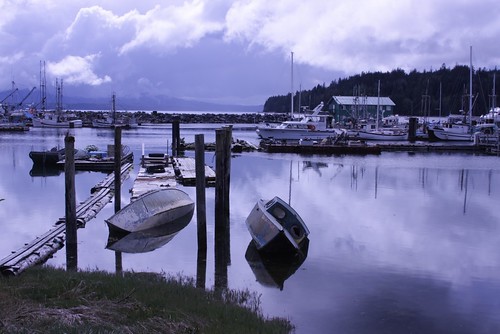
Sointula, Broughton Archipelago, Canada
What is your favorite place to photograph? Or subject?
I love photographing empty landscapes. Perhaps it’s because I grew up in the Pacific Northwest, where the landscape is stunning, but also cluttered and loud, with evergreen forests, oceans, and mountains in every direction.
I love photographing Kansas. The serenity of the landscape, where the sky is larger than the earth, seems so exotic to me, giving me space to breathe. I love playing with its infinite wheatfields and colours of the Kansan sky.
Kansas:
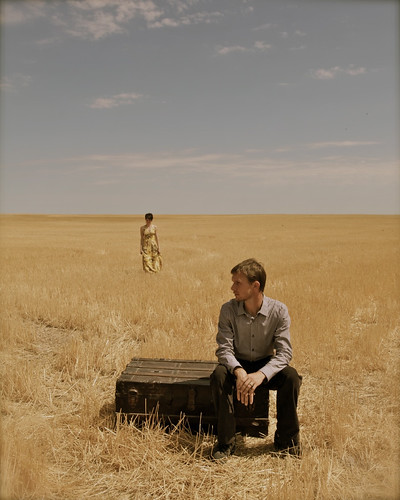
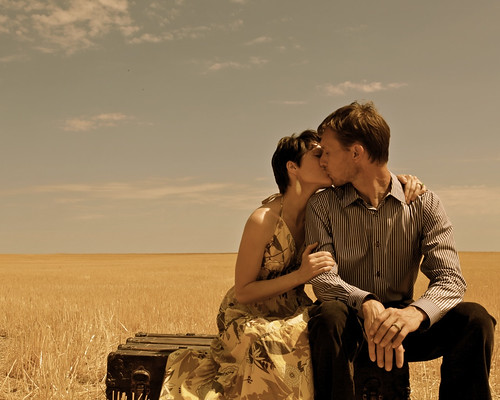
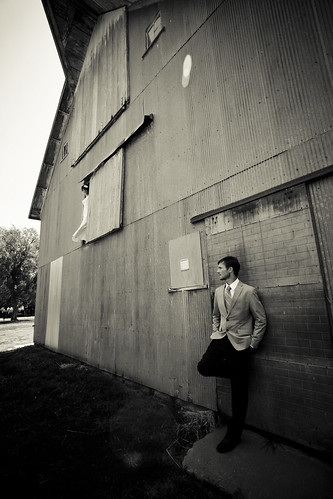
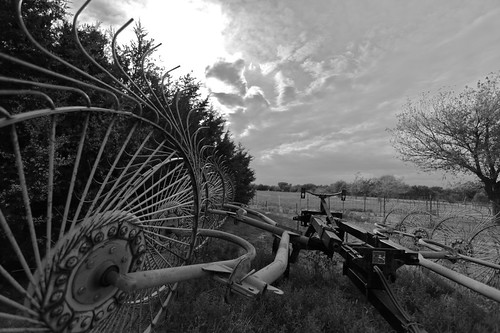
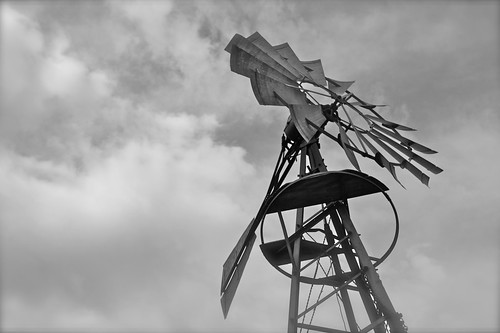
My most photographed location is the Peruvian Andes, partly because it’s where I live and work (I direct a non-profit organization here, which supports educational and cultural rights in remote highland communities), but also because it is a photographer’s dream. The mountains, which are so expansive, literally sprout from under my feet. Like I am being hugged - protected - in the womb of the Apus (the mountain gods). Additionally, there are such beautiful polarities here. Ancient Incan ruins (almost black and white, even when shot in colour), set against the entire spectrum of colours in the modern outdoor marketplace where vegetables, fruits, and weavings are sold. Immense poverty set against the utopia of a tourist’s dream. Here, I feel like I not only photograph what I see; I also photograph noise, smell, wind, temperature.
I love to photograph what the viewer wouldn’t want to see. Real life. Harsh stories. Stories that need to be told. That, without public knowledge and awareness, can never be changed or improved. Human rights. Environmental issues. I like the challenge of attempting to make these into a thing of beauty. Of conveying the ugly in such a juxtaposition that it becomes oddly beautiful. I hope that I can then make these stories digestible, so that maybe – little by little – I can connect with the viewer’s heart and make a positive impact in the world.

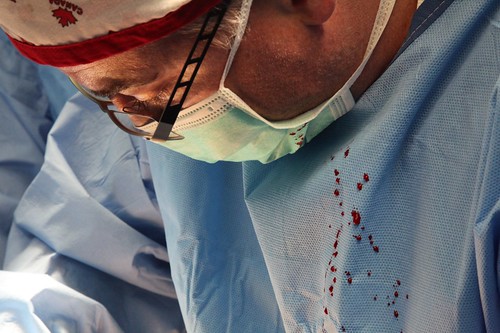
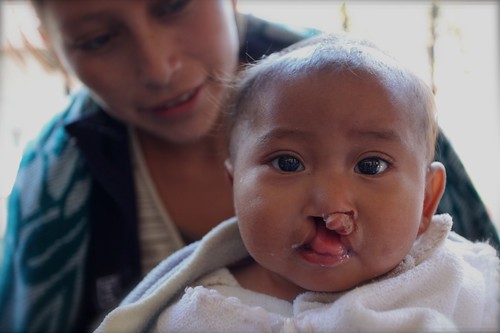
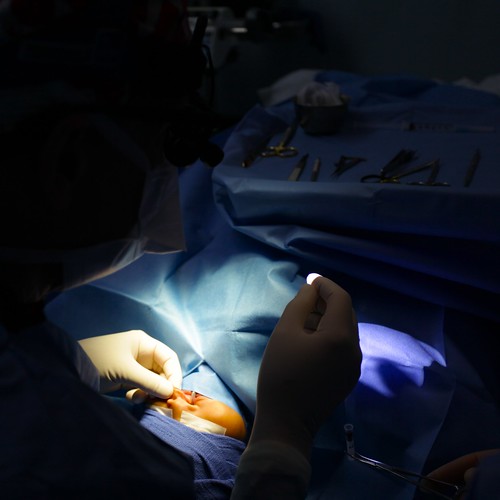

Surgical photos: Antigua, Guatemala. Photographing the work of surgeons for Health for Humanity
How can photographers help change/impact the world, while they are traveling?
Oh, in so many ways! Photographers have the ability to show people their version of a truth that they witness or experience.
I have a passion for cultural diversity and communication, through both art and language, and believe that these are key ingredients to creating a healthy and understanding human race. I think the photographer has such power, as he or she can educate about human rights injustices and environmental issues, about stories that – except through an image – cannot be understood by the majority of the world. One photograph can lead to a critical mass.
I believe that the photographer – or photojournalist in particular – is not only a watchdog for society but a leader who can find a hidden story worthy of public sight and uncover its truths to re-invent the readers’ perceptions of their role in the world.
Are there rules in other countries people need to be aware of about who or what you can or cannot shoot?
Definitely. In some indigenous communities in Latin America, for example, taking a photograph of someone means that you have stolen his or her soul. It is always wise to ask ahead of time, to make sure it is appropriate and respectful to photograph someone.
In the Andes of Peru, there are many unwritten rules about photography. Men feel naked being photographed without their toques (hats) on. And women love to wear their traditional fancy skirts and shawls, instead of their more modern almost-undergarments. Additionally, in some communities I work in, until community members gain one’s trust, they are often hesitant of people interested in photographing their weavings. The textile tradition here is a centuries-old tradition, with immense knowledge, skill, values, and history embedded into it. Due to negative history with outsiders, many are afraid that photographers will rob their intellectual property, steal their designs, etc. It is important to be aware of these types of histories and worries, to ensure that you are not inadvertently contributing to more of the same cycle.
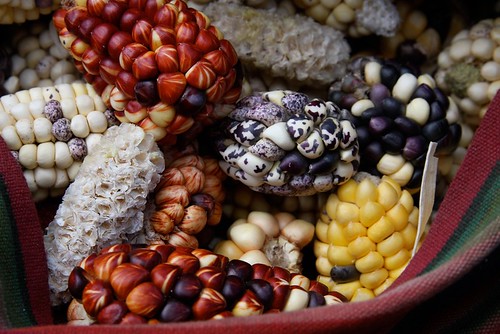
Amaru, Peru
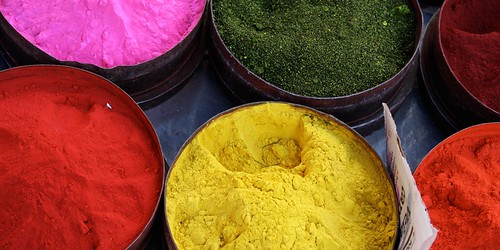
Pisac, Peru

Ollantaytambo, Peru
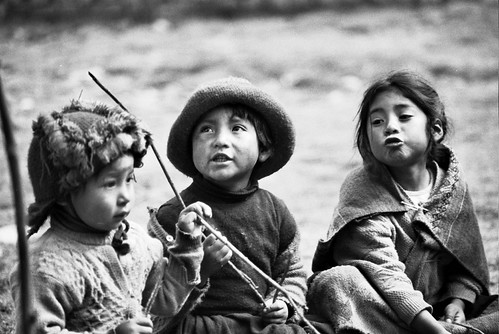
Huilloc, Peru
Any photography tips you want to share?
Be sensitive and remember that your subject is just that – a subject, a human being. Not just an object to be photographed. Be careful not to objectify people.
I work best by getting to know my subject first – their personality, their community – before beginning to shoot. This way, I am able to experience their lifestyle and connect to it, rather than using my camera as a physical divide or barrier between the subject and myself. This also allows me to approach new people first as a person with mutual respect, and then second as a photographer. As a side effect, I have found that this approach allows me to photograph intimate and real moments that a passing traveller would never witness.
My last piece of advice would be to try, whenever possible, to print the photos and bring them back to the communities and subjects. Many times, in rural remote communities, these will be the only photographs they will ever have of themselves and they will cherish them dearly. It is incredibly rewarding, and an act of reciprocity.
Is there anything else you'd like to share with us?
Use photography as a universal language to spread your truth about the world. It can be so powerful, if it is used correctly, respectfully, and with sensitivity. Photographs can demonstrate that homogeneity is not synonymous with harmony, and that language is not a barrier but a beautiful element of essential cultural diversity.

Nazca, Peru
You can find more of Ashli's work on flickr: flickr.com/ashliakins
Jordan Oram is the Photography Editor for Wandering Educators. He has a passion for encouraging and empowering others to realize the combinations of their unique passions and strengths. In April of 2012, with $250 to his name, he travelled more than 10 000 km, over 8 months, across Canada and back, to encourage people to rock out their awesomeness. Find him at www.maplemusketeer.com
Surgery photos: Copyright Health for Humanity
Service Society, Photo by Ashli
Akins 2010
All photos courtesy and copyright Ashli Akins
Feature photo: Chahuaytire, Peru
-

- Log in to post comments


















